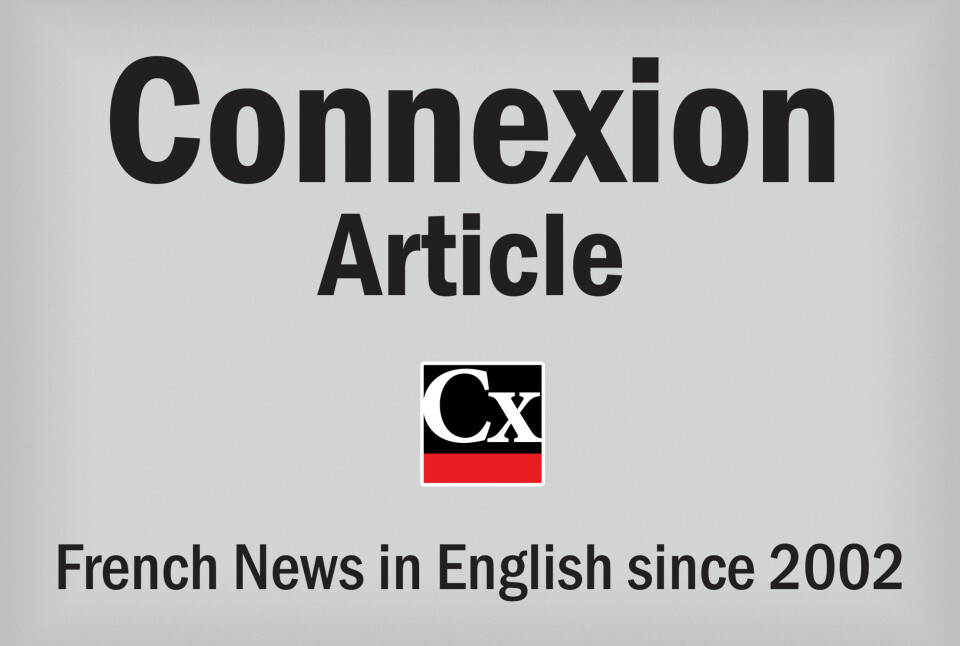-
Free fraud service for UK homeowners living in France
Owners are encouraged to sign up for a free monitoring service from HM Land Registry to reduce risk
-
New civic tests for foreigners in France launch amid criticism
Applicants for some types of residency cards must now take 45-minute test
-
Workers in France can take 17-day break using only eight days of leave in 2026
Favourable calendar for public holidays makes extended May break possible, with five guaranteed long weekends throughout year
Water restrictions for 84 departments across France
New water restrictions have been put in place for 84 departments in France, from 17 August onwards. The restrictions have four specific levels, varying in severity.

Depending on the level of drought in the department concerned, each restriction corresponds to one of four “alert colours” on a map issued by the minister for Ecology (ministre de l'Écologie).
Departments across the whole country are affected, with the highest level of restriction - ‘crisis’ - largely seen in the west of the Hexagon.
The map can be found in more detail on the minister’s Propluvia website, and the levels of alert and restrictions should also be displayed in the local Mairie (town hall) of the departments affected.
The four levels are:
Vigilance (grey) - professional establishments and heavy users should make efforts to save water.
Alert (yellow) - agricultural businesses should cut the number of water withdrawals and harvests for farming up to 50%, or restrict withdrawals to three times’ per week, whichever uses less water. Topping up your swimming pool or using extra water for water-based fun activities are completely banned. Watering your garden and washing your car are banned for several hours a day.
Strong Alert (orange) - agricultural businesses should cut the number of water withdrawals and harvests made for farming by another 50%. Even stronger limits on washing your car, watering your garden or topping up your swimming pool.
Crisis (red) - All non-priority uses of water are banned, including water used for agriculture. Water usage is only permitted for health issues, civil security, as drinking water, or for necessary personal cleaning.
The full list of departments affected:
Ain (01), Aisne (02), Allier (03) Alpes-de-Haute-Provence (04), Hautes Alpes (05), Alpes Maritimes (06), Ardèche (07), Ardennes (08), Ariège (09), Aube (10), Aude (11), Aveyron (12), Bouches du Rhone (13), Calvados (14), Charente (16), Charente-Maritime (17), Cher (18), Corse-du-Sud (2A) Côte-d'Or (21), Côtes-d'Armor (22), Creuse (23), Dordogne (24), Doubs (25), Drôme (26), Eure (27), Eure-et-Loir (28), Finistère (29), Haute-Corse (2B), Gard (30), Haute-Garonne (31), Gers (32), Gironde (33), Hérault (34), Ille-et-Vilaine (35), Indre (36), Indre-et-Loire (37), Isère (38), Jura (39), Landes (40), Loir-et-Cher (41), Loire (42), Loire-Atlantique (44), Loiret (45), Lot (46), Lot-et-Garonne (47), Lozère (48), Maine-et-Loire (49), Marne (51), Haute-Marne (52), Mayenne (53), Meurthe-et-Moselle (54), Meuse (55), Morbihan (56), Moselle (57), Nièvre (58), Nord (59), Oise (60), Orne (61), Pas-de-Calais (62), Puy-de-Dôme (63), Pyrénées-Atlantiques (64), Hautes Pyrénées (65), Pyrénées-Orientales (66), Rhône (69), Haute-Saône (70), Saône-et-Loire (71), Sarthe (72), Savoie (73), Seine-Maritime (76), Seine-et-Marne (77), Deux-Sèvres (79), Somme (80), Tarn (81), Tarn-et-Garonne (82), Var (83), Vaucluse (84), Vendée (85), Vienne (86), Haute-Vienne (87), Vosges (88), Yonne (89), Territoire de Belfort (90), Val de Marne (94), Val-d'Oise (95).
























